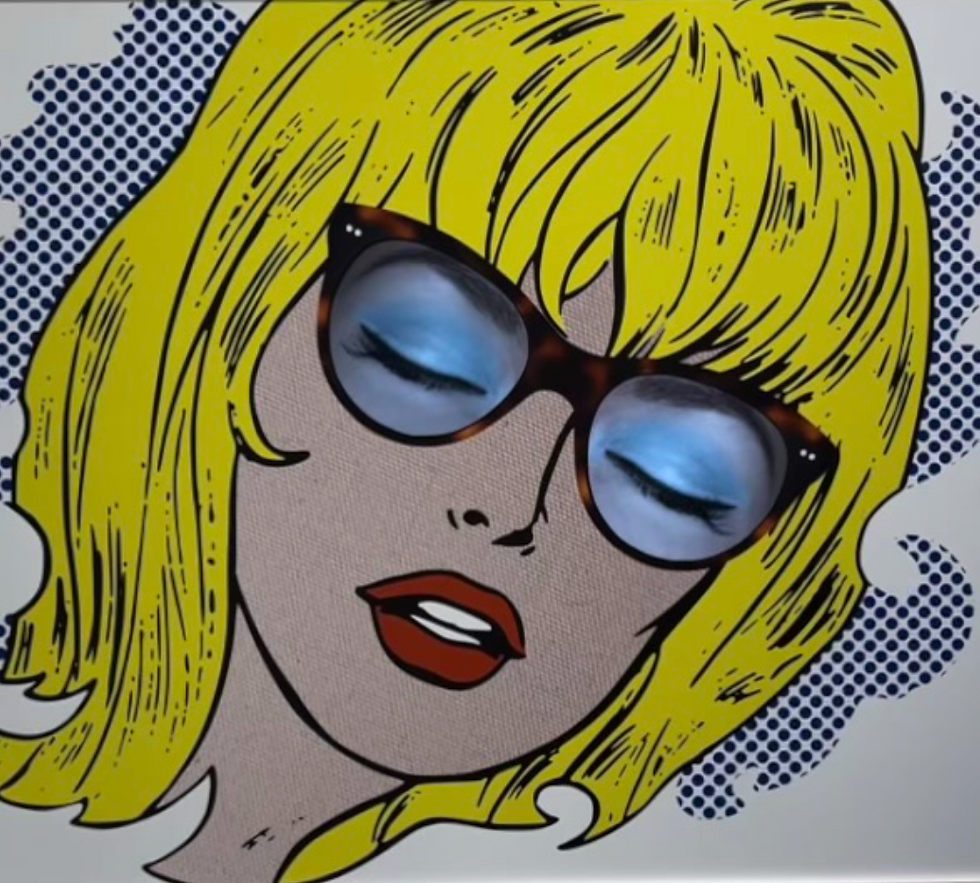
Daniel Cherbuin (b. 1971) lives and works in Zürich, Switzerland. At the beginning of commercial television, he was the creative force behind Sputnik-TV, an innovative and experimental channel emerging from Zürich’s underground techno scene. Cherbuin’s works are today characterized by highly innovative montages, idiosyncratic alliances of images, as well as an anarchic tenor: with irony, and pastiche Cherbuin is mocking the blasé in pop culture.
The title of the work Being and Nothingness refers to French philosopher Jean-Paul Sartre’s key philosophical work Being and Nothingness (1943). Cherbuin’s piece features a beautiful woman slowly blinking while looking at the viewer, which becomes a symbol for solipsism, a theory discussed by Sartre in Being and Nothingness. This theory suggests that only what can be seen exists, and argues that the world would disappear if we couldn’t see it. The open eyes of the woman, therefore, symbolize being, while her closed eyes represent nothingness.
In Cherbuin’s work Theory and Practice, the four-hour didactic DVD How to Look at and Understand Great Art is displayed on the TV screen inside the work. An ornate frame generally used for paintings hangs on top of the TV set. Inside of it, however, is not a painting, but a video in which TV personality Bob Ross explains how to paint. Both videos show that TV has surpassed museums when it comes to the mediation of art. The general public knows of artists from TV or the Internet rather than traditional art institutions. Cherbuin, therefore, reverses this process by integrating art videos from TV into a work of art exhibited in a gallery.

